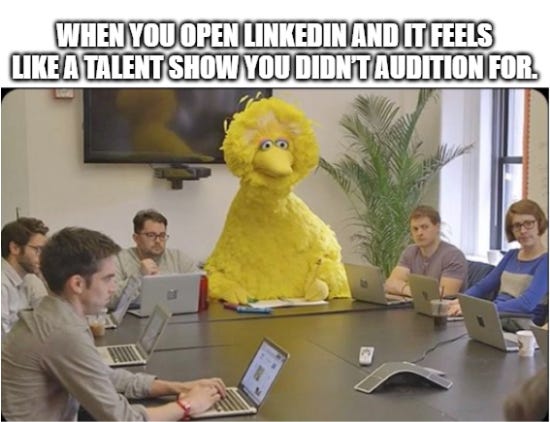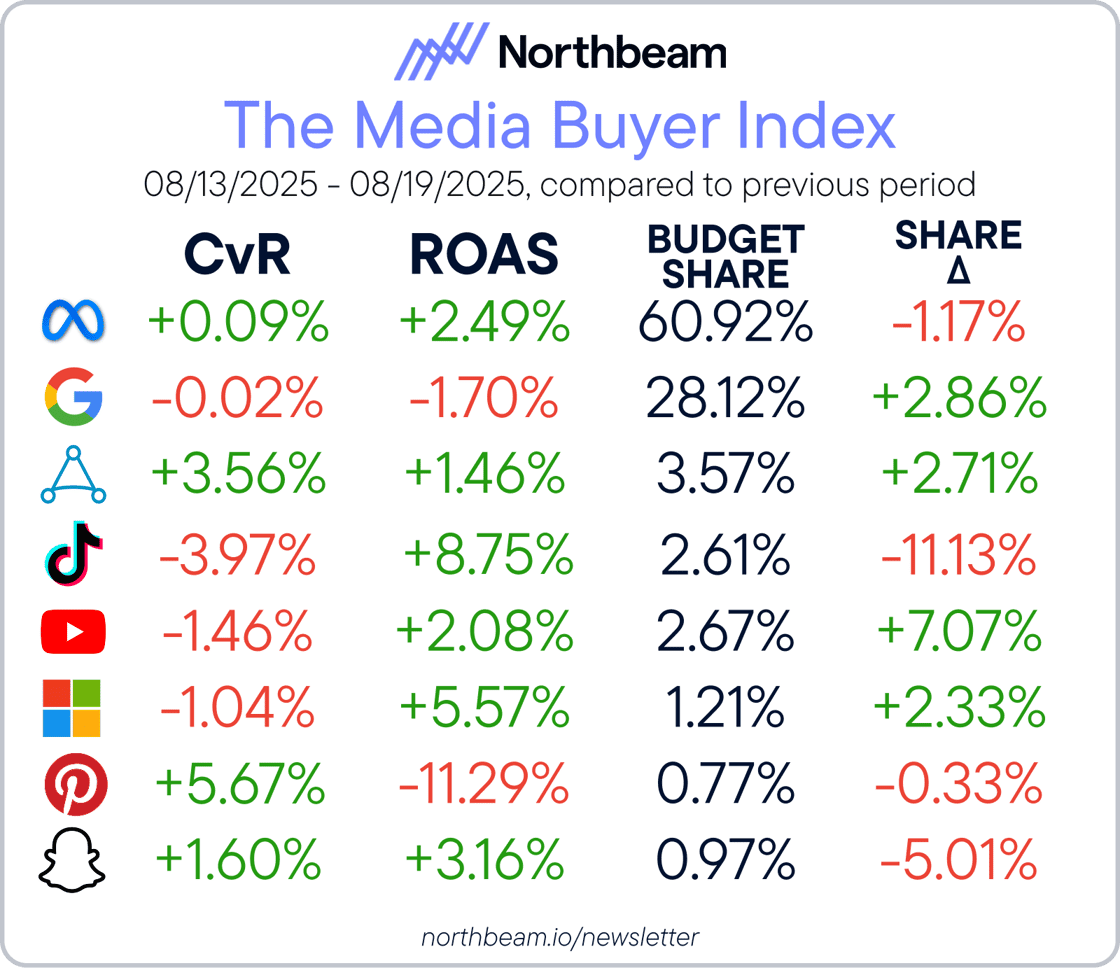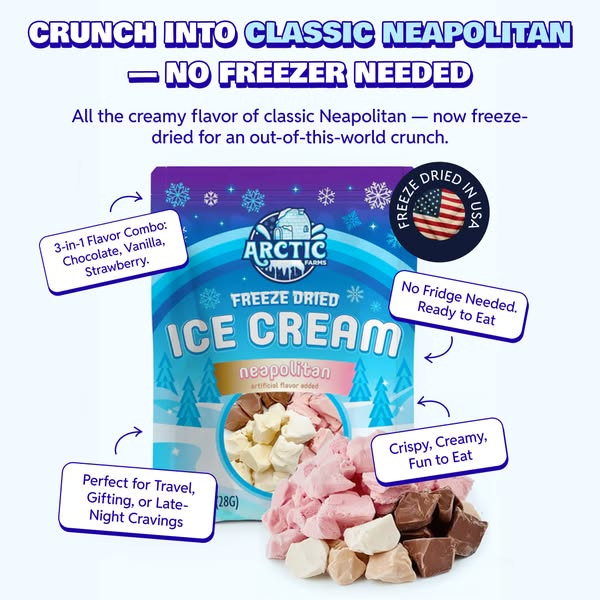Don’t waste your Viral Moments.
🔄 Build a momentum OS from fading spikes, Media Buyer Index of the Week, and more!
Howdy Readers 🥰
In this newsletter, you’ll find:
🔄 Spike Recycling System
📊 Ad Platform Performance Snapshot
🏆 Ad of the Day
If you’re new to ScaleUP then a hearty welcome to you, you’ve reached the right place along with 50k+ CEOs, CMOS, and marketers. Let’s get into it, shall we? Oh! Before you forget, if someone forwarded this newsletter to you, don't forget to subscribe to our newsletter so you never miss out!
Together with Smart Recognition
Already Using ID Resolution? Or Still Letting Visitors Slip Away?
ID Resolution turns anonymous visitors into verified, marketable email addresses, but the gap between “having it” and “doing it right” is massive.
Brands lose up to 40% of potential matches, plus thousands of fake or inactive emails that never convert.
Smart Recognition’s AI-driven platform changes that by delivering:
• Over 90% inbox accuracy to ensure matches reach real buyers.
• Match rates of up to 40% on anonymous visitors, without extra traffic spend.
• The lowest cost per match to improve margins across campaigns.
• Enterprise-grade privacy compliance that keeps you safe under GDPR and CCPA.
If you’re not using ID Resolution, this is the fastest way to capture more sales from existing traffic. If you already are, Smart Recognition will benchmark your provider against theirs and show the revenue you’re missing.
Schedule your free demo with Smart Recognition today and turn wasted visits into revenue!
🔄 Spike Recycling System
Attention has half-lives. Some platforms burn bright and fast, others smolder slow and steady. The real play isn’t chasing one or the other; it’s mastering the transfer of energy between them so no spark is wasted.
Step 1: Map the Decay Spectrum
Every channel has a different half-life of attention: TikTok ≈ 48 hours, X ≈ 24 hours, Instagram ≈ 72 hours, LinkedIn ≈ 5–7 days, YouTube ≈ months.
Treat this like decay math, not gut instinct. Your system starts by tagging each channel with its half-life and planning bridges accordingly.
Step 2: Sequence Narrative Across Platforms
The same hook evolves as it travels. A TikTok teaser sets the initial curiosity, YouTube reframes it as proof-seeking depth, and LinkedIn translates it into industry authority.
Attention shifts psychology at each stage, and your content has to match the mindset transition; otherwise, the bridge collapses.
Step 3: Time-to-Decay Parity
Don’t think “post within 48 hours.” Think in half-life parity. If TikTok interest halves every 48 hours, then YouTube’s proof drop should land inside that decay window to catch the falling energy. The math ensures you intercept momentum before it evaporates.
Step 4: Gatekeeper of Echo vs. Noise
Most teams mistake a dying spike for an echo spike worth extending. SEMrush Social Toolkit* makes this distinction clear, showing when competitor spikes are fading versus when they’re echoing into second-order conversations.
This saves you from pouring production into dead momentum. SEMrush is running a 7-day free trial if you want to test this now.
Step 5: Build the Momentum OS
Single plays are fragile; systems scale. Create a quarterly dashboard tracking spikes, half-lives, bridge success rates, and ROI by channel.
This turns momentum into a measurable operating system, not a guessing game, and keeps you compounding instead of resetting.
The payoff:
A consumer electronics brand applying this system cut CAC by 27% while doubling YouTube subscriber growth, because every short-form spike was harnessed before it decayed. The momentum became an engine, not a gamble.
⚡ Momentum transfer isn’t a tactic, it’s an OS for attention allocation. If you’re only chasing spikes, you’re leaving half of your funnel leaking.
📊 Ad Platform Performance Snapshot
Performance marketers just got fresh numbers on how the biggest ad platforms are shifting in cost and efficiency. CPCs and CACs are moving in opposite directions across platforms, while ROAS spikes in unexpected places.
The Breakdown:
1. CPCs Drop on Meta, Google, and Snapchat - CPCs fell 0.31% on Meta, 1.48% on Google, and 13.89% on Snapchat, making clicks cheaper on high-volume platforms. This gives room to expand prospecting and testing without inflating budgets. Rising CPCs on YouTube (+2.99%) and Pinterest (+6.81%) may pressure margins.
2. CACs Improve on Meta, Google, and TikTok - Customer acquisition costs dropped 0.61% on Meta, 3.74% on Google, and 8.98% on TikTok, boosting efficiency on three major channels. Meanwhile, YouTube (+4.09%), Pinterest (+3.77%), and Snap (+2.44%) saw CACs climb. Redirecting spend toward cheaper CACs now could lock in profitable growth.
3. ROAS Gains on TikTok, Microsoft, and Snap - Return on ad spend jumped 8.75% on TikTok, 5.57% on Microsoft, and 3.16% on Snap, signaling stronger efficiency per dollar spent. Google (-1.70%) and Pinterest (-11.29%) underperformed despite steady investment. With higher ROAS, scaling into TikTok and Microsoft looks increasingly rewarding.
Meta still commands 60.9% of ad budgets, followed by Google at 28.1%, meaning small gains there impact the most dollars. But TikTok, with just a 2.6% share, posted the biggest ROAS lift, showing that underweight platforms can punch above their spend. For performance marketers, aligning budget with shifting cost-to-return ratios could unlock outsized efficiency this quarter.
🎥 Ad of the Day
What Works and Insights:
1. Headline built on contrast - The line “Crunch into classic Neapolitan, no freezer needed” works because it hooks with something familiar (ice cream) and flips the expectation (no freezer). A smart move here is to keep playing with contrasts—comfort vs. convenience, classic vs. new, to make the value instantly clear.
2. Benefit callouts as visual anchors - The ad uses floating benefit tags like “3-in-1 Flavor Combo” and “No Fridge Needed” that pull the eye toward reasons to buy. It works because it breaks a single product into multiple payoffs. Expanding this tactic with icons, quick stats, or social proof could sharpen scannability while stacking value.
3. Usage scenarios for relevance - Highlighting “Perfect for Travel, Gifting, or Late-Night Cravings” moves the product from novelty to utility. A move here would be to rotate fresh scenarios seasonally, road trips in summer, stocking stuffers in winter, to keep the product top of mind.
Broader Insight – Novelty products land best when they connect a surprising twist (ice cream that doesn’t need a freezer) with practical, everyday use cases. The surprise grabs attention, but it’s the relevance that makes people actually buy.
Advertise with Us
Wanna put out your message in front of over 50,000 best marketers and decision makers?
*When you purchase through links in this article, we may earn an affiliate commission from Semrush
We are concerned about everything DTC and its winning strategies. If you liked what you read, why not join the 50k+ marketers from 13k+ DTC brands who have already subscribed? Just follow this.
At ScaleUP, we care about our readers and want to provide the best possible experience. That's why we always look for ways to improve our content and connect with our audience. If you'd like to stay in touch, be sure to follow us EVERYWHERE🥰
Thanks for your support :) We'll be back again with more such content 🥳




